Torenias are low-maintenance, shade plants that are ideal for flower beds, containers as well as hanging baskets. This Buzzle article provides some information about the basics of torenia care.
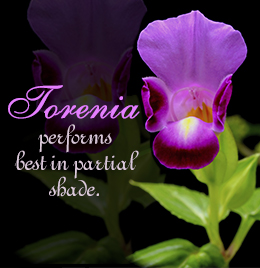
Torenia is commonly known as wishbone flower plant. Its flower has two stamens that emerge from opposite sides, with the anthers connected; till separated by pollinators like bees. This structure resembles a wishbone, and hence the name.Torenia is a highly popular shade plant, which is also a profuse bloomer. Being compact and bushy, the plant is ideal for hedges, flower beds, containers, hanging baskets, etc. It has soft, succulent stems and serrated leaves. The bloom time of this plant starts from late spring or early summer and extends through the fall.
The wishbone flower is very delicate and resembles a snapdragon in shape. The color of the flower may vary with different cultivars. Original species have bluish-lavender flowers with dark patches on the petals. The plant is also called clown flower plant, because of these colorful patches. The flower has yellowish marks on its throat. With proper care, the plant may grow to a height of around 12 to 15 inches.
According to the USDA, there are two species of torenia. They are
Torenia asiatica, which is called wishbone flower, and
Torenia fournieri, also known as bluewings. Both plants produce flowers in shades of blue and lavender. Nowadays, numerous cultivars with differently colored flowers are available in garden centers. Visit Image gallery to view colorful torenias.
How to Grow Torenia Plants
Torenias are non-fussy, easy-to-grow plants that require little care and maintenance. They grow well in USDA zones 2 to 11. Given below are some tips for growing these plants in a proper manner.
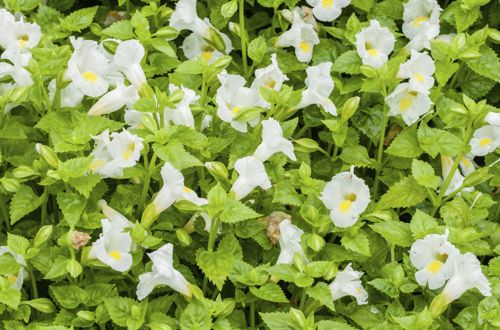
Torenias with white flowers
PropagationYou may either grow these plants from seeds or buy seedlings or plants from garden stores. Plant the seeds indoors, at least two months before the last frost. You may also sow the seeds directly in the garden, just before the last frost date. Use fertile, well-drained soil for growing the seeds indoors. You may also use peat for this purpose. Apply a thin layer of soil above the seeds, as they need light to germinate. The ideal temperature range for germination is 64°F to 70°F. Keep the soil moist throughout the germination period that may last from one week to a month. Once the seedlings attain a height of a few inches, you may transplant them. If you want to sow the seeds outdoors, wait for a week after the last frost. You may also grow new plants from stem cuttings.
Planting
Soil: Grow torenia plants in well-drained, moist, and fertile soil. If you want to plant them on flower beds, till the soil and mix a generous amount of compost. Apply a bit of general purpose fertilizer. Though the ideal pH level ranges between 5.6 to 7.5, the plant may tolerate slightly higher or lower levels of pH. Leave a gap of ten inches in between the plants so that they get enough space to grow and spread. Add a layer of mulch to retain the moisture in the soil.
Light: Another important factor that affects the growth and flowering of torenia is light. These plants need sun as well as shade. If grown in complete shade, the plant may not bloom and the foliage will develop a faded look if the plant grows in full sun. So, choose a location where the plant will be exposed to sun throughout the morning or afternoon. In regions with very hot summers, plant torenias in a location where they will get morning sun and afternoon shade. In regions with cooler summers, grow them in a location with full afternoon sun and morning shade.
Watering and FeedingTorenias need moist soil for a healthy growth. So, regular watering is one of the important aspects of torenia care. However, avoid overwatering, as soggy soil will cause root rot. Plants growing in containers require frequent watering, when compared to those growing on the ground. Feed the plants with an NPK fertilizer once in every month. Sprinkle the fertilizer granules around the plant, but leave a gap of at least three inches from its base. Once done, water the plant as well as the soil.
Pests and DiseasesTorenia plants are resistant to a wide range of pests and diseases. However, they may sometimes develop fungal diseases like powdery mildew, which can be prevented to a certain extent with good air circulation. This ensures that the leaves do not stay wet for a long time. Whiteflies and aphids may also attack torenia plants. Use proper pesticides for getting rid of these insects. Neem oil is a good remedy for whiteflies as well as powdery mildew. Use it as per the instructions of the manufacturer.
Colorful Torenias
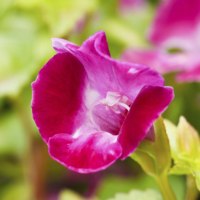
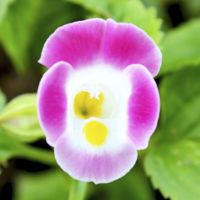
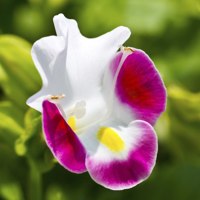
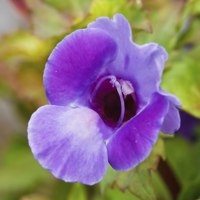
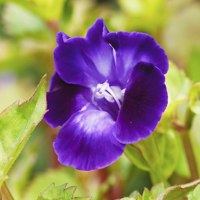
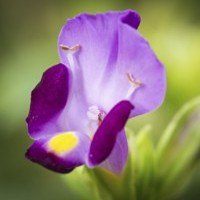
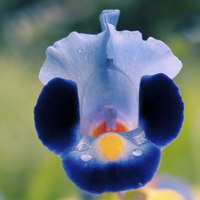
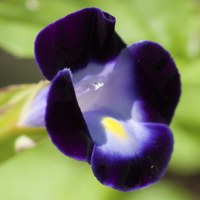
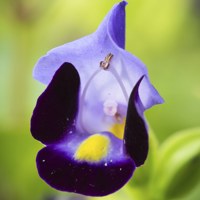
Back to Top
Though deadheading is not necessary, pinching of the dead flowers is beneficial for development of new shoots and flowers. When it comes to color choices, there are numerous torenia cultivars that produce flowers of different colors. Bi-colored and multicolored ones are very common. Grow them for a splash of color in your garden.






 Torenia is commonly known as wishbone flower plant. Its flower has two stamens that emerge from opposite sides, with the anthers connected; till separated by pollinators like bees. This structure resembles a wishbone, and hence the name.Torenia is a highly popular shade plant, which is also a profuse bloomer. Being compact and bushy, the plant is ideal for hedges, flower beds, containers, hanging baskets, etc. It has soft, succulent stems and serrated leaves. The bloom time of this plant starts from late spring or early summer and extends through the fall.
Torenia is commonly known as wishbone flower plant. Its flower has two stamens that emerge from opposite sides, with the anthers connected; till separated by pollinators like bees. This structure resembles a wishbone, and hence the name.Torenia is a highly popular shade plant, which is also a profuse bloomer. Being compact and bushy, the plant is ideal for hedges, flower beds, containers, hanging baskets, etc. It has soft, succulent stems and serrated leaves. The bloom time of this plant starts from late spring or early summer and extends through the fall.  Torenias with white flowers
Torenias with white flowers







